Researchers at The Pacific Northwest National Laboratory have successfully tested a new way to store carbon dioxide.
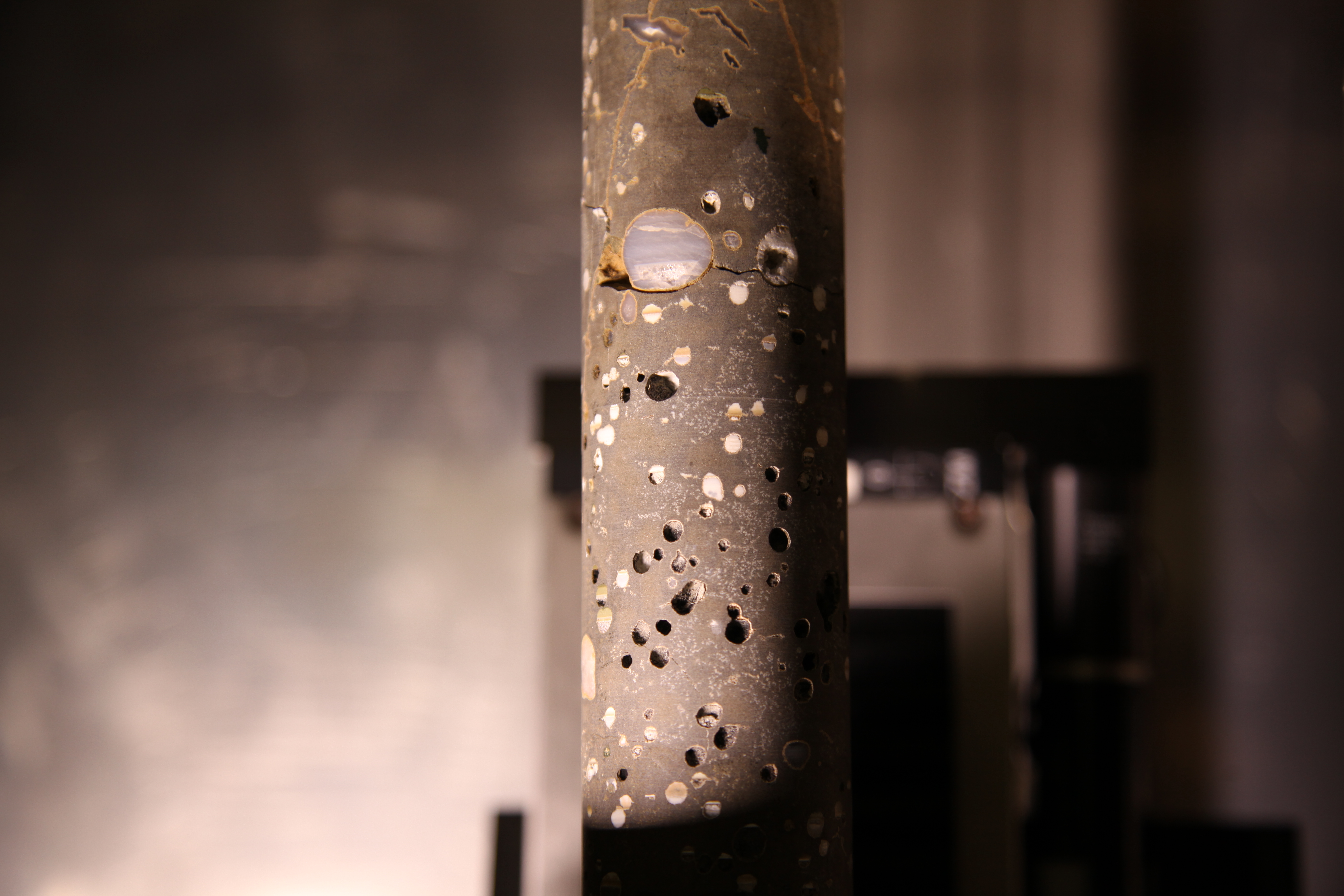
They pumped 1,000 tons of carbon dioxide down into volcanic rock in the state of Washington. Now two years later, the drilling samples show that the carbon dioxide has turned into solid stone.
“Now we know that the process happens very fast and that this is a safe way to store carbon dioxide permanently” Pete McGrail at PNNL explains, who led the study published in Environmental Science and Technology Letters.
The carbon dioxide and water form an acidic environment in the rock that dissolve minerals which in turn reacts with the carbon dioxide and form the mineral ankerite (Ca(Fe,Mg,Mn)(CO3)2). That resembles limestone in appearance but in composition more closely related to dolomite. It differs from dolomite in having magnesium replaced by varying amounts of iron and manganese.
In other circumstances, such a process would take thousands of years for this to occur. The PNNL researchers demonstrated that the unique geochemical nature of basalts quickly reacts with CO2 to form carbonate minerals.
Similar results were presented earlier this year from the project Carbfix in Iceland. A collaborative research project between Reykjavik Energy, the University of Iceland, Columbia University and CNRS that aims at developing safe, simple and economical methods and technology for permanent CO2 mineral storage in basalts.
The PNNL writes that the results can help inform the discussion about whether the greenhouse gas can be safely and permanently stored in ancient basalt flows
Reference:

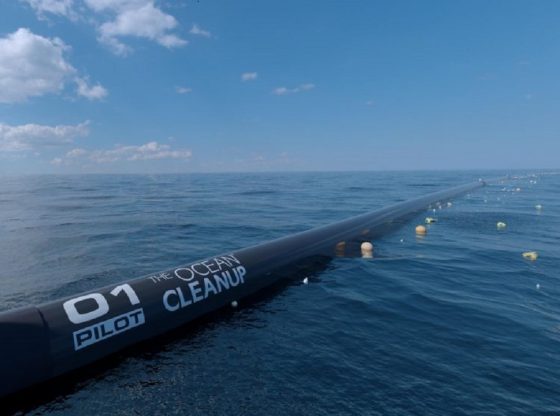

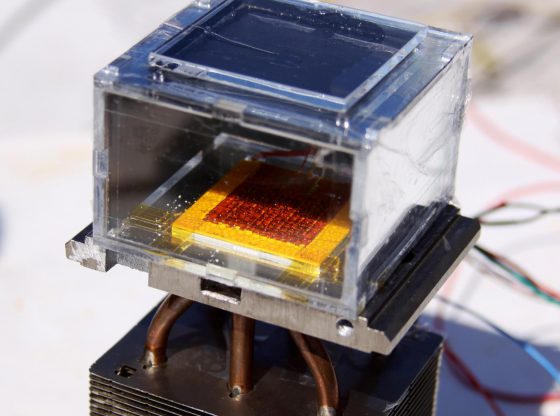
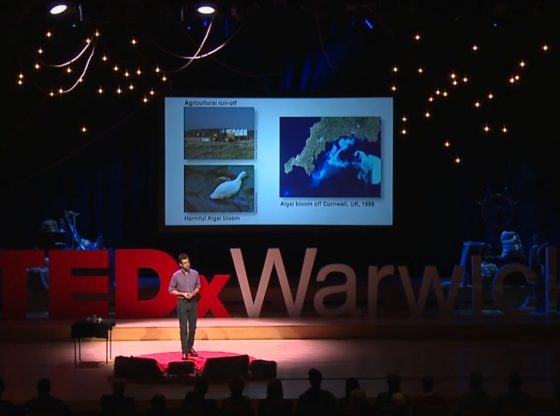
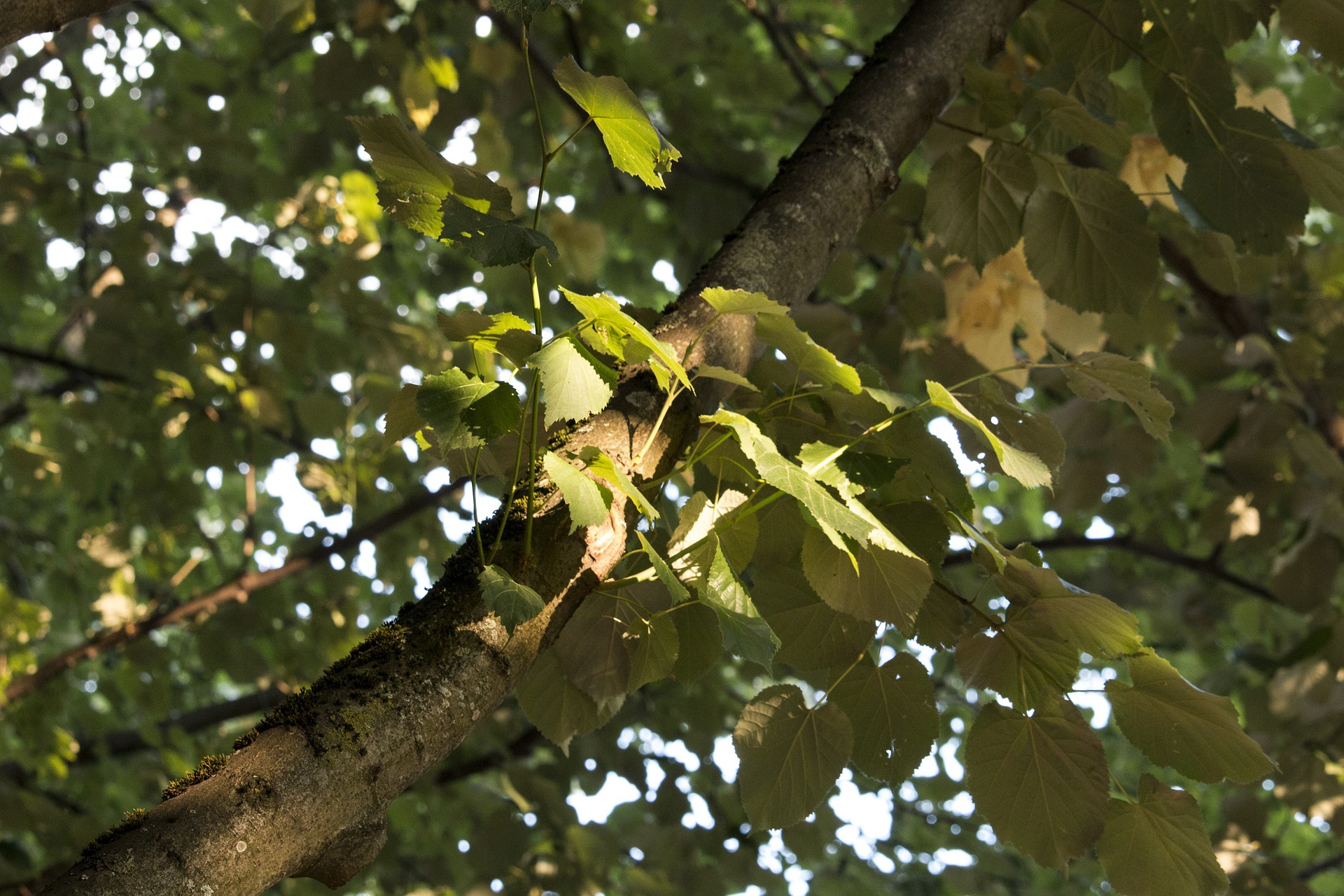

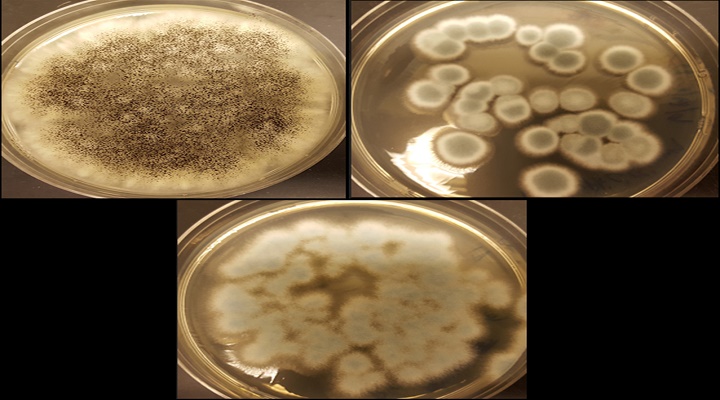



![OpenAI. (2025). ChatGPT [Large language model]. https://chatgpt.com](https://www.illustratedcuriosity.com/files/media/55136/b1b0b614-5b72-486c-901d-ff244549d67a-350x260.webp)
![OpenAI. (2025). ChatGPT [Large language model]. https://chatgpt.com](https://www.illustratedcuriosity.com/files/media/55124/79bc18fa-f616-4951-856f-cc724ad5d497-350x260.webp)
![OpenAI. (2025). ChatGPT [Large language model]. https://chatgpt.com](https://www.illustratedcuriosity.com/files/media/55099/2638a982-b4de-4913-8a1c-1479df352bf3-350x260.webp)








